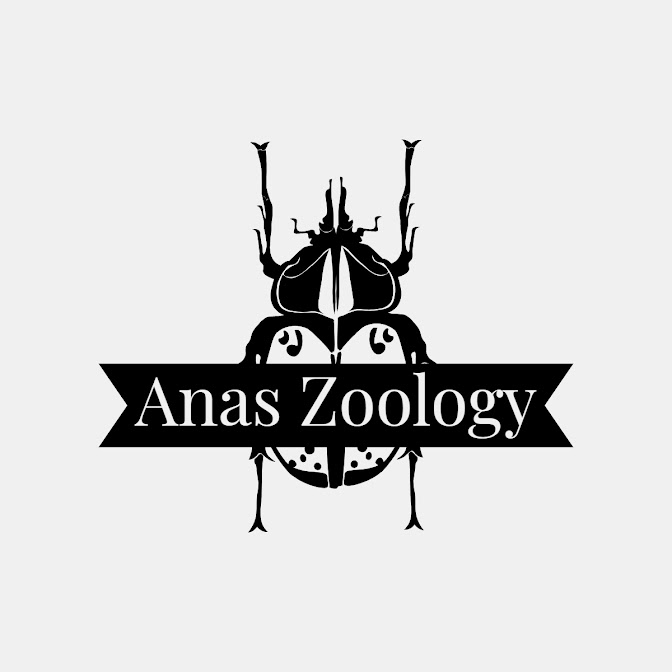The skin and their associated structure make up the integumentary system. Skin protects terrestrial organisms from desiccation and from heat loss. The largest organ of mammal is skin. It protects the body against physical,chemical, and biological attacks, it helps to regulate body temperature, it is used to communicate to other individuals, and a skin derivative provides nourishment for the young. Mammal skin is composed of two layers, the dermis and the epidermis. Below the dermis there is a layer known as hypodermis, some may consider this as the third layer of skin. HISTOLOGY OF SKIN : Skin has four layers of cells is referred to as thin skin. From deep to superficial, these layers are the stratum basale, stratum spinosum, stratum granulosum and stratum corneum. Most part of the skin can be classified as thin skin. Thick skin is found only on the palms of the hands and the soles of the feet. It has a fifth layer, called the stratum lucidum, which is located between the stratum corn






